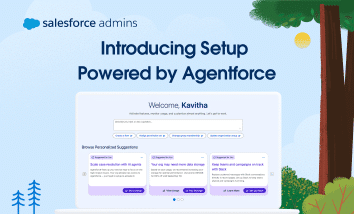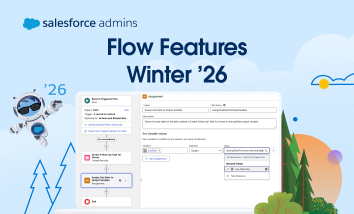Wow! Dreamforce 2025 is already off to a GREAT start. Not only do we get the chance to connect, learn, and build the Agentic Enterprise together this week, but there are also some game-changing announcements in the Admin Keynote. This year’s keynote takes us to Coral Cloud Resorts, a fictional luxury resort featured in Trailhead […]






